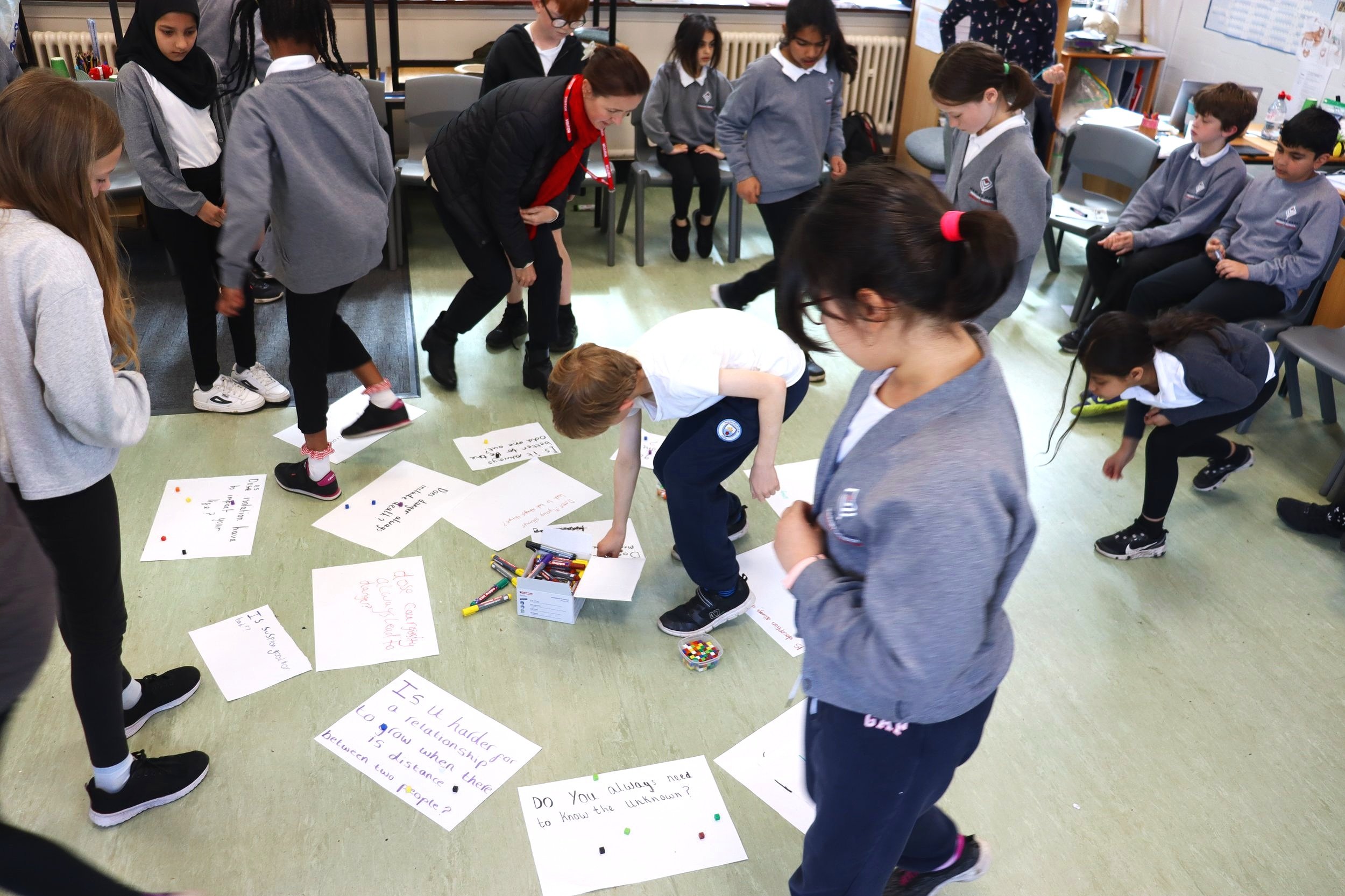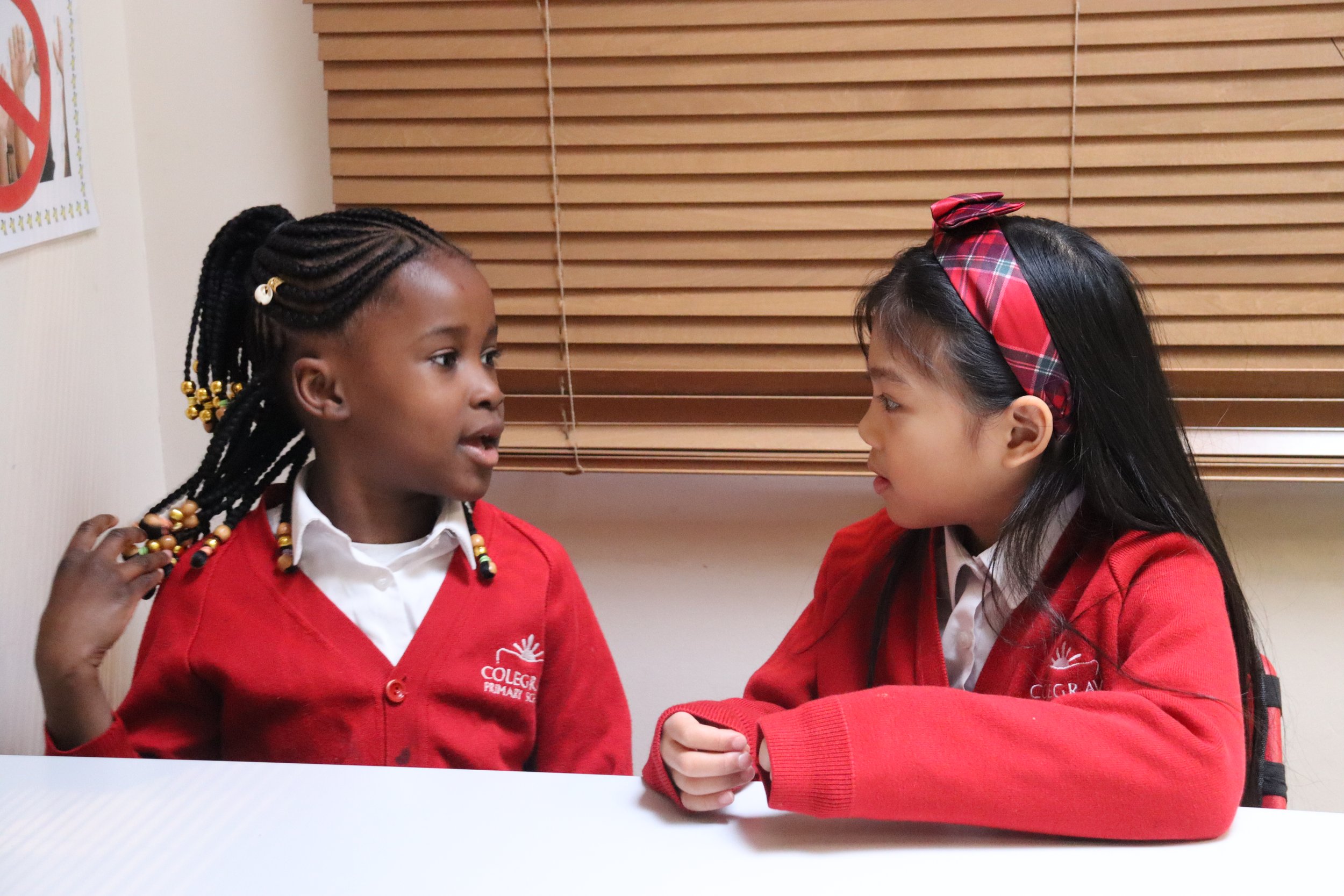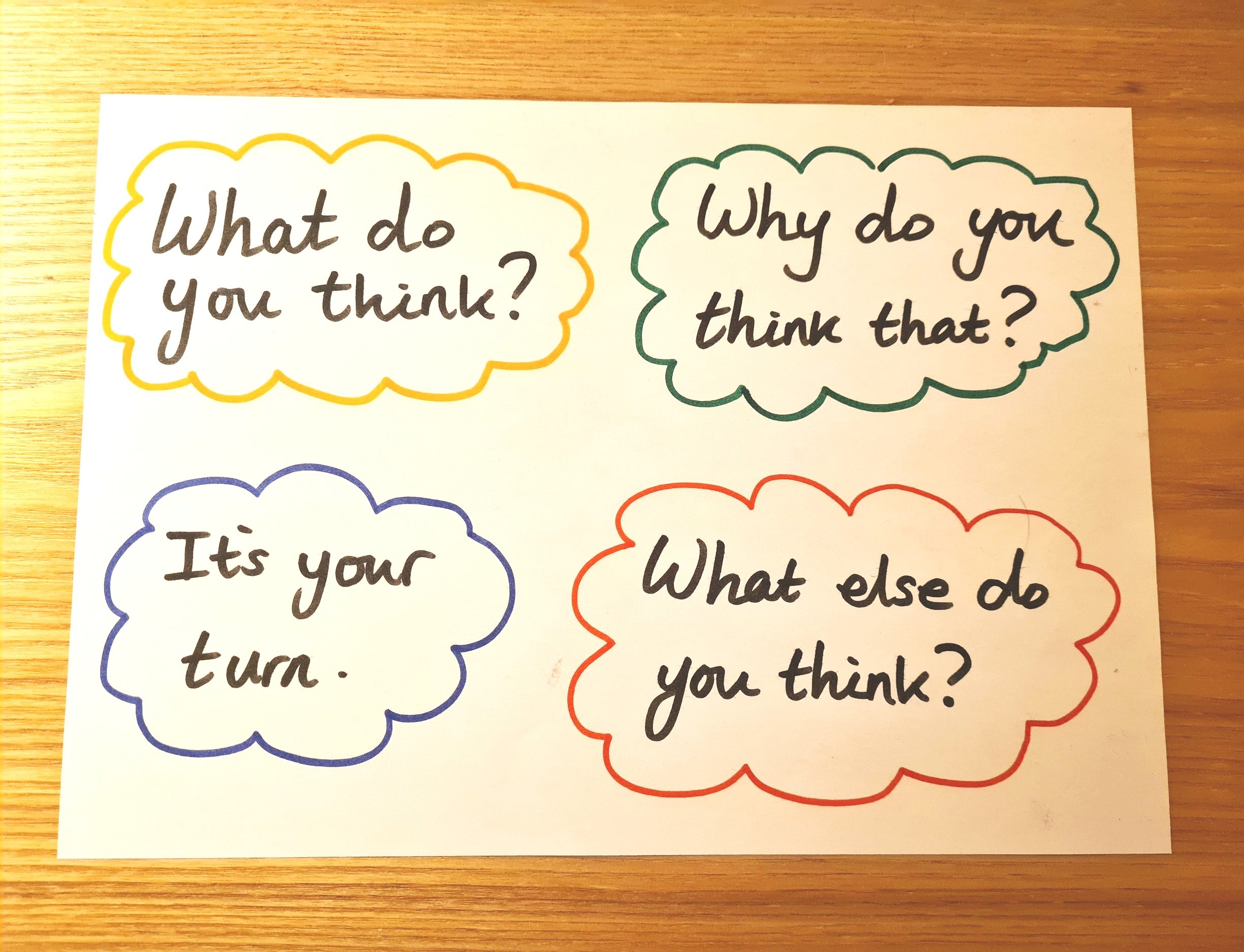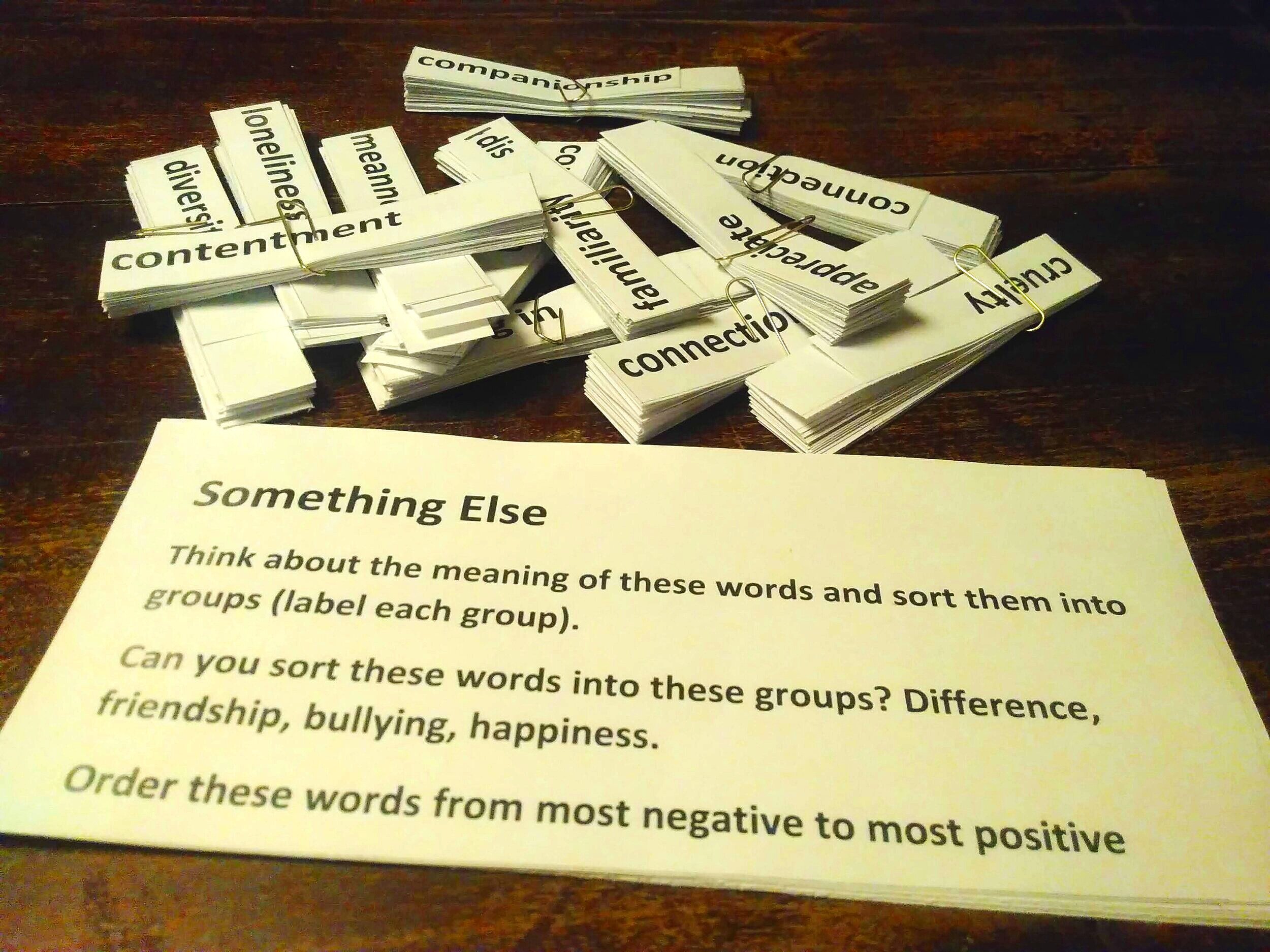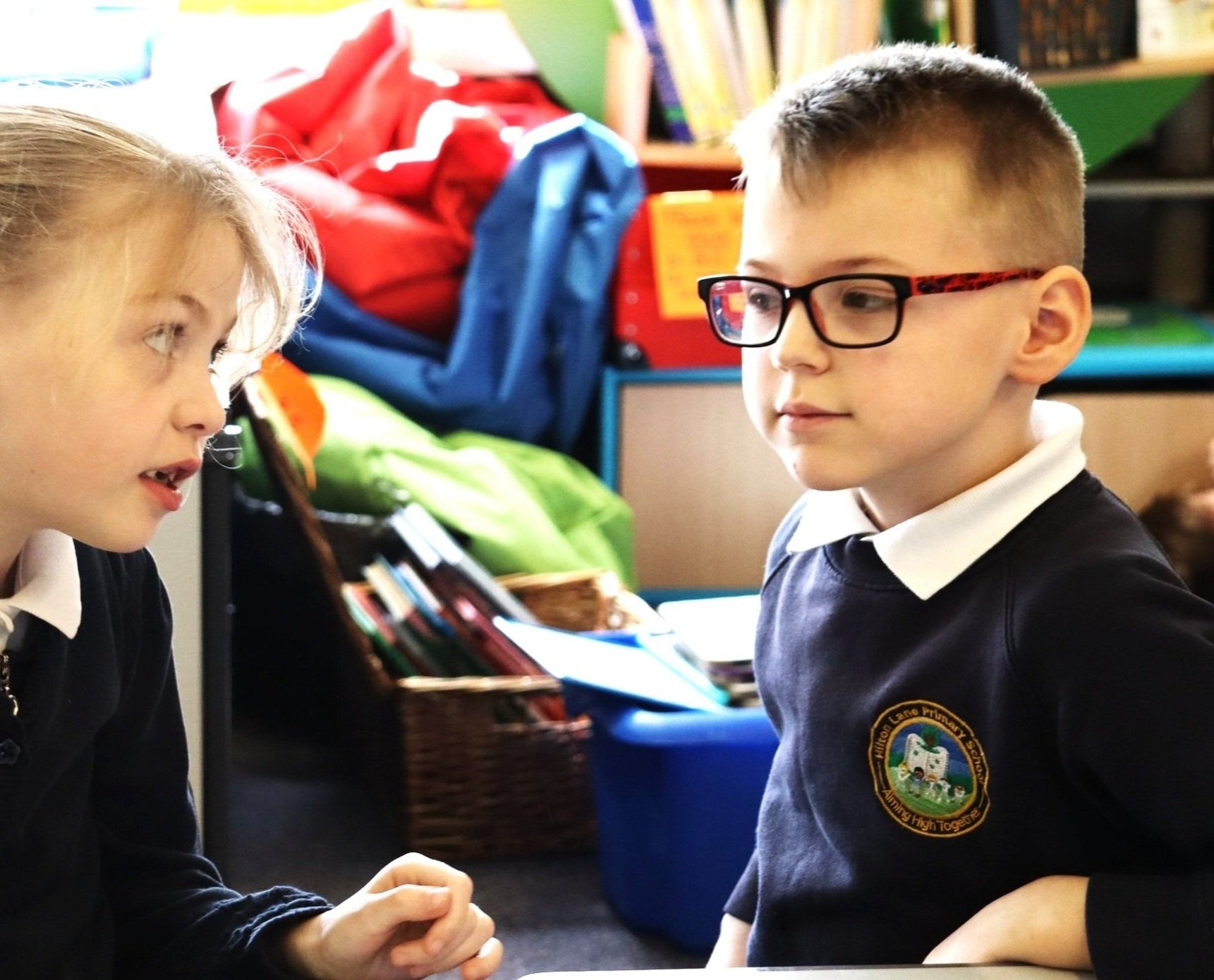
During pair talk tasks, most of us will have noticed both partners talking at the same time, or just one partner doing all the talking.
One easy way to avoid these problems is to have pupils decide whether they are ‘Partner 1’ or ‘Partner 2’ and then instruct accordingly:
Simply tell one of the partners to start: Partner 2, you talk first.
Or, give additional structure, for example Partner 1, start by saying three things you find interesting about the text. Then: Partner 2, build on one of Partner 1’s points.
Ways to keep everyone engaged and develop the community of enquiry
A detailed description including building, helping, sharing and working together
Take a moment to check talk partner pairings to make sure no-one misses out on learning
Providing talk prompts to students can increase the quality of partner talk
Why giving out ‘talking objects’ is worth the hassle
Strategies to help as many pupils as possible access philosophical enquiry
The importance of taking a moment to look and listen carefully
Encouraging pupils to think more deeply in reflection and talk time
Three essential ingredients to ensure pupils have the confidence to speak in front of their peers
Generating dialogue, comparing concepts, deepening understanding.
Simple-yet-effective techniques to get three year olds talking and keep them focused.
A simple way to help learners structure their talk, thinking and note-taking.
Talking Toys enables children to immediately organise their turn-taking.
Developing children’s communication and relationships by enabling them to talk with lots of different peers.

